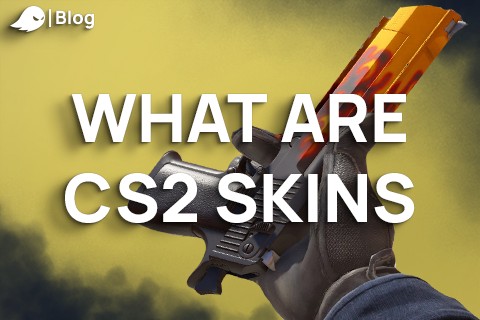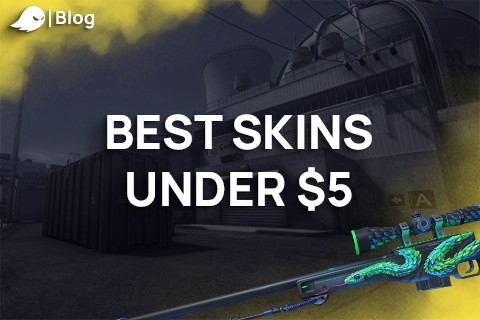Counter-Strike 2 (CS2) isn’t just about tactical gameplay and sharp reflexes; it’s also a hub for an intricate economy of skins. Skins in CS2 have transformed from mere cosmetic upgrades to coveted digital assets that carry their own monetary value.
Understanding CS2 Skins
In CS2, skins are cosmetic designs that alter the appearance of in-game weapons and equipment, ranging from guns to knives and gloves. These skins don’t affect gameplay mechanics but are sought after for their aesthetic appeal. Each skin possesses a rarity level, categorized as Consumer Grade, Industrial Grade, Mil-Spec, Restricted, Classified, Covert, and the ultra-rare Contraband. The rarity is often one of the indicators that dictate their value within the community.
But the value of a particular item is not just determined by the rarity of it. The monetary value of each skin is something that we cannot possibly unravel in this article but if you want to learn more, for example about the float values, we have a guide on that here
The Mechanism Behind Skins
Players can acquire skins through in-game drops at the end of matches, through opening cases using keys purchased in-game, or by trading with other players. The Steam Community Market also facilitates a large portion of the buying and selling of skins, but experienced players rarely use it as it is wiser to use third-party sites like ours.
The Community and Skin Culture
The CS2 skin community is vast and multifaceted. It includes collectors, traders, designers, and enthusiasts who engage through forums, marketplaces, and social media platforms.
Trading and Economy
Trading is a significant aspect of the skin ecosystem. Players often engage in intricate negotiations to swap items of equivalent value or trade up for rarer ones. Skin prices can fluctuate due to supply and demand, new releases, or changes in the game’s meta. The most sought-after skins can command huge prices, creating a speculative market akin to real-world commodities.
Customization and Creativity
Beyond the market’s economics, the CS2 skin community showcases remarkable creativity. Valve’s Workshop allows artists to submit their designs for possible inclusion in the game. This platform fosters innovation and diversity, leading to a wide array of visually stunning items.
Tournaments and Souvenir items
Major CS2 tournaments, like the ESL One or the Valve-sponsored Majors, introduce souvenir skins. These skins have pre-applied stickers commemorating the event and high end souvenir items are highly coveted among collectors due to their limited availability.
Impact and Controversies
While skins add depth and excitement to the game, they’ve also sparked controversies. Issues like underage gambling through third-party sites, scamming, and fraudulent practices within the skin trading community have drawn scrutiny. Regulations and interventions have been implemented to mitigate these concerns, such as trade restrictions and crackdowns on unlicensed skin gambling.
Conclusion
CS2 skins represent a unique intersection of gaming, art, and economics. They’ve transformed from mere visual enhancements to valuable commodities that have an active community around them. Despite challenges and controversies, skins continue to add an extra layer of excitement and engagement to the CS2 experience, creating a subculture within the game that shows no signs of slowing down.

